
Comparative impressions: How easy it is to walk? Are you not going to get tired? What I learned when I compared the insoles for mountain climbing
On the previous page, we introduced a ranking of the models we compared, a list of ratings and specs, and recommendations based on them. From here, we will explain what criteria were used to evaluate the evaluation and why it was evaluated in that way.
table of contents
Detailed reviews of each item
weight
There is not much difference in the weight of the insoles from each company, and the difference is probably around 10-30g at most. Personally, I don't feel that I need to be so nervous about insole products. Insoles specializing in shock absorption are made of EVA material, like SIDAS Outdoor 3D, and are simple and lightweight, while insoles with increased support, like Shock Doctor Ultra 2, are made of plastic stabilizers, which add a little weight. There is no doubt that the presence or absence of a stabilizer is the deciding factor in weight, but in the case of insoles, I think that the specific gravity is greater than the weight of the product.
Supportability
Many functional insoles are shaped to wrap around the heel with heel cups, giving them a thicker arch to support the arch of the sole. These two are essential points when measuring the support of the insole. First, let's look at the depth of the heel cup, and the deepest result was Shock Doctor Ultra 2 , followed by Super Feet These two models have a plastic stabilizer attached to the back, allowing the heel to remain firmly held even when the foot is tilted inward or outward. SIDAS Outdoor 3D also has a heel cup, but the entire piece is made of soft EVA material, so I got the impression that it was not just a feeling of wrapping around the heel, but rather that it was just hitting the heel.
Next, the arch of the arch was also the highest and most solid arch of the Shock Doctor Ultra 2 , followed by Super Feet This is just my own foot topic, but the Superfeet is high up to the bottom of the arch arch, while the Shock Doctor Ultra 2 is taller than that, up to the inside side of the foot (the top of the arch arch). In the first place, this part seems to play a role in preventing the inner vertical arch of the foot from collapse and becoming flat during fatigue, but Shock Doctor Ultra 2 has support not only from the bottom but also from the sides.
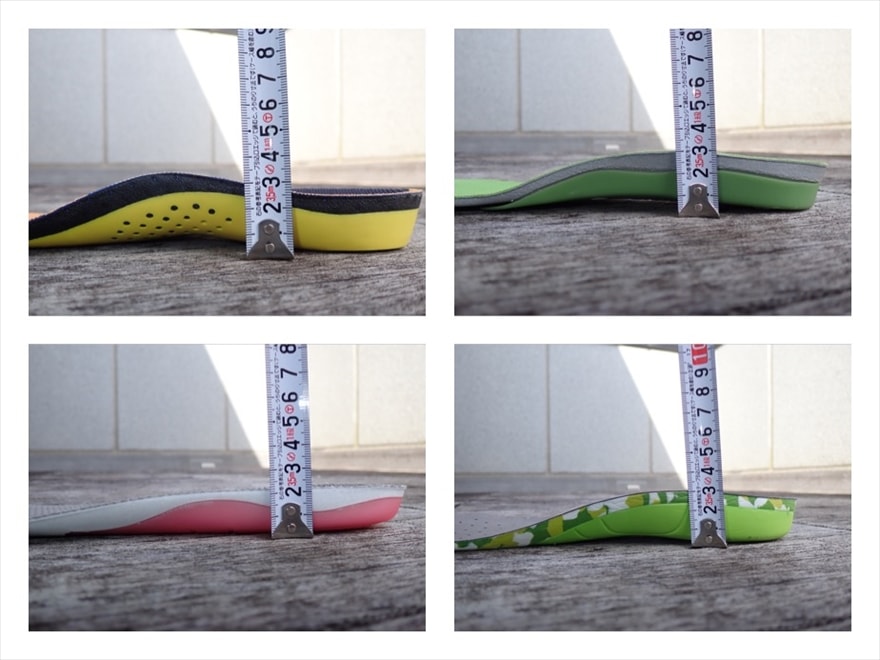
Comparison of arch heights of the arch. SHOCK DOCTOR, SUPERfeet, SIDAS, Solbosaine clockwise from the top left
Comfort
Here we will review breathability that affects the environment inside the shoe, as well as foot displacement inside the shoe. It is common to compare breathability based on materials, but since EVA materials for this insole are made from various companies, there is no significant difference in material. However, SIDAS Outdoor 3D and Shock Doctor Ultra 2 , there are ventilation holes on the surface, so it may be said that it is more breathable than the other two items, but my honest impression is that it is hard to say for sure from this test alone.
Next, regarding the foot displacement inside the shoes, this also shows differences depending on the surface material (fabric) and the manufacturer's unique ingenuity. Among the many synthetic materials, the only SIDAS Outdoor 3D , which uses Goat Bag PV. It feels smooth to the touch, but I was surprised that my feet didn't move. Also, what I personally admired was the shape of the base of the toes of Shock Doctor Ultra 2 It has a protrusion that looks like the "Y" character inverted, and when your toes get caught, it prevents your feet from slipping inside the shoe. Super Feet which claims to be a unique fitting method that does not fit perfectly with the shoes , the feet move in conjunction with the insole inside the shoe, so I didn't feel any displacement at all.
Shock absorbing
What we learned about shock absorption through this review is that there are at least two methods to increase shock absorption. One is a method of wrapping around the heel with a heel cup to create the natural shock absorption of the foot, and the other method of using soft cushioning material. Of the four items reviewed this time, the former are Super Feet and Shock Doctor Ultra 2 , and the latter is Solvo Skeleton Trekking SIDAS Outdoor 3D is a bit in between and I get the impression that it is a bit closer to the latter. I think it depends on which one is better, but personally, I found that the former (structure that increases the natural shock absorption of the feet) was completely different when walking long distances. The latter (using cushioning material) allows you to feel the cushioning properties from the start of walking, but I felt that it was becoming weaker and less rebound over long distances and long periods. If I were to choose one myself, I would choose a type that emphasizes cushioning, while a type that increases the natural shock absorption of the feet.
price
It's easy to install and cost-effective. Whether it's expensive or cheap, it's not the best option if you're still unhappy with performance and effectiveness. Fortunately, most ready-made insoles are sold at similar price ranges, and are generally around 5,000 yen.
Even if it is made to order, it is around 10,000 yen, which is a relatively easy item to use among mountaineering equipment. Of the items we reviewed this time, three items are in the same price range. In terms of ease of installation, it's Solvo Skeleton trekking, but the problem is the weight. If it is to be used on a daily basis, I don't think that the choice is a mistake, but my honest impression is that it is not clear when you think about mountain climbing. Also, considering the support, I feel that it's not enough, so if you spend around 5,000 yen, you will be able to expand your options and purchase an insole that suits your own purposes.
summary
An insole with a variety of characteristics. The effects and how you feel of this will vary from person to person, but if you are feeling any problems with your feet while climbing, we highly recommend that you introduce it. Also, fitting with the climbing boots is important when purchasing, so we recommend that you purchase them in a physical store, rather than choosing the insole alone. This is just an impression from amateur mountaineering enthusiasts, but we hope you will use it as a reference when choosing an insole.
Saito Hiroaki
 Lives in Saitama Prefecture. Fascinated by the Shimono Corridor of Kurobe Gorge, he has been obsessed with mountain climbing since he turned 30 and is still in the process of developing the area. I use my natural curiosity and exploration as a front, and I try to enter the mountains if I have time to cover my lack of experience points. He has a strong desire for material things and is always happy and sad when he makes impulse purchases that he doesn't think about the future. We will share the charm of the gear with such trials and errors.
Lives in Saitama Prefecture. Fascinated by the Shimono Corridor of Kurobe Gorge, he has been obsessed with mountain climbing since he turned 30 and is still in the process of developing the area. I use my natural curiosity and exploration as a front, and I try to enter the mountains if I have time to cover my lack of experience points. He has a strong desire for material things and is always happy and sad when he makes impulse purchases that he doesn't think about the future. We will share the charm of the gear with such trials and errors.
Looking for reviewers
Outdoor Gearzine is always looking for members who love the outdoors and would like to write reviews about outdoor equipment. For more information, please this REVIEWERS page !


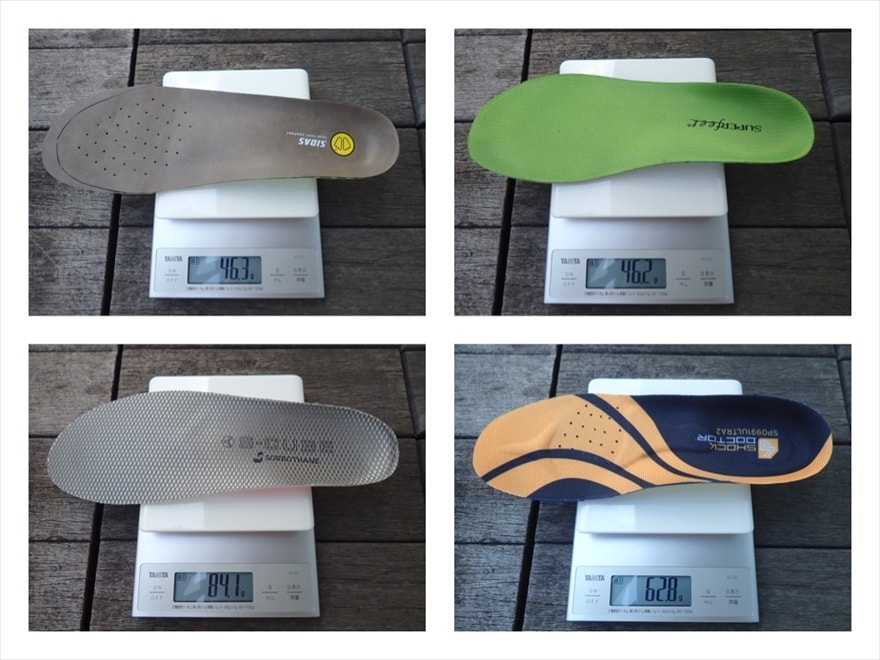
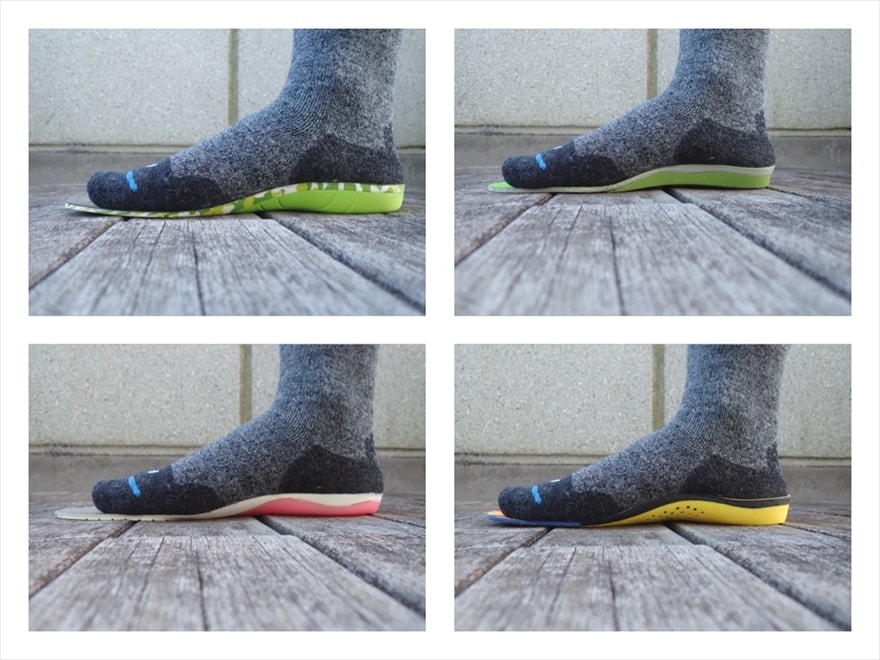

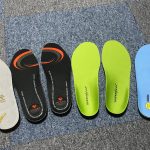 Comparative impressions: What's the difference between insoles that are strong for driving? I tried running on the trail and comparing it
Comparative impressions: What's the difference between insoles that are strong for driving? I tried running on the trail and comparing it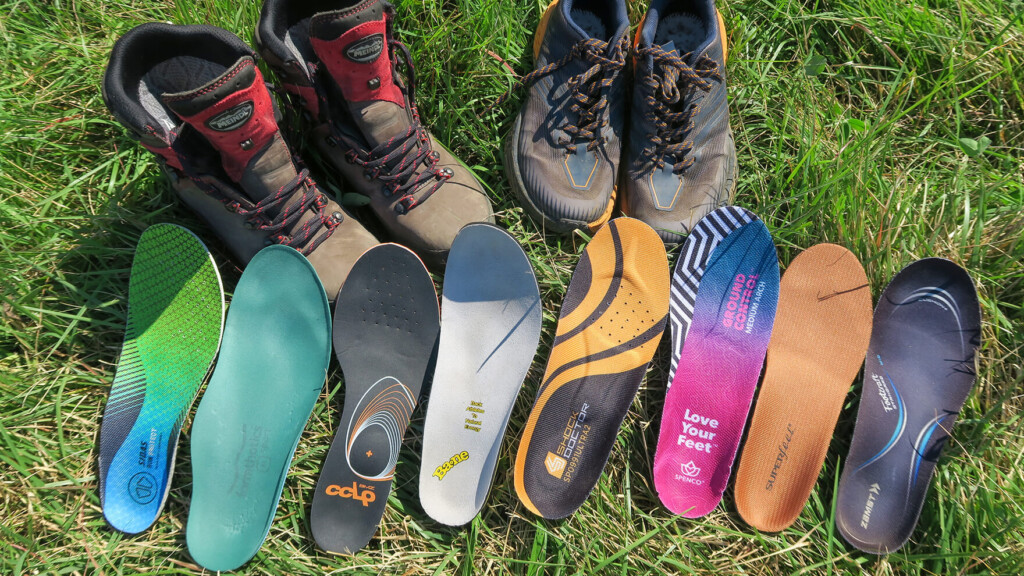 [A self-paying comparison review without any consideration] He is truly an unsung hero. We compared all 8 models of mountain climbing insoles.
[A self-paying comparison review without any consideration] He is truly an unsung hero. We compared all 8 models of mountain climbing insoles. Comparison impressions: Once you wear them, you can't let them go! We compared recovery shoes to softly soothe tired feet
Comparison impressions: Once you wear them, you can't let them go! We compared recovery shoes to softly soothe tired feet Caravan Grand King GK88 Review: High-performance mountain boots with an exquisite balance between strength and ease of walking, and a reasonable price.
Caravan Grand King GK88 Review: High-performance mountain boots with an exquisite balance between strength and ease of walking, and a reasonable price.